What you need to know before you get a Pink Princess Philodendron
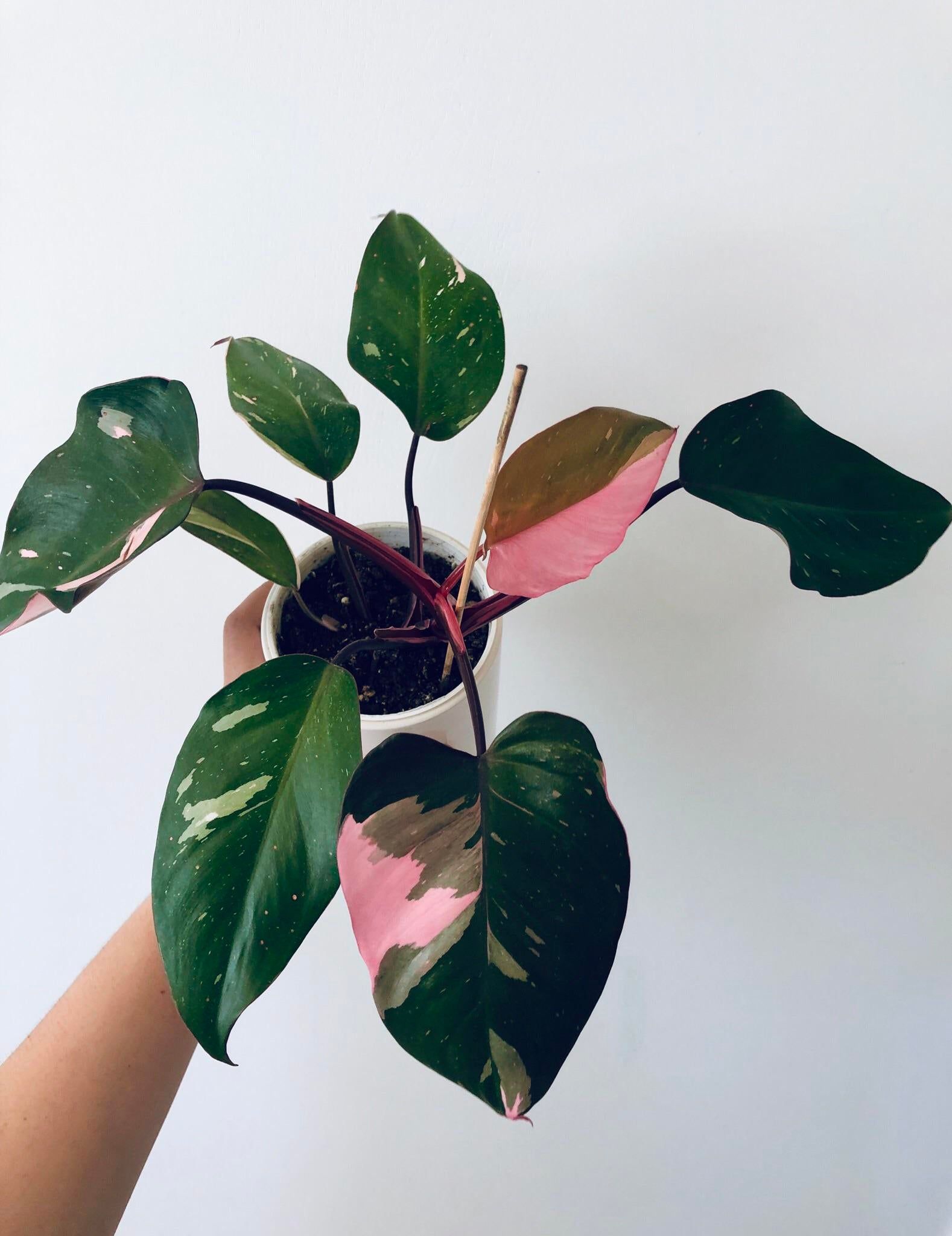
The Pink Princess philodendron is a rare and colorful philodendron that has its fans across the world. With delicate leaves in shades of olive green, white with pink stripes - this plant can express itself easily through color contrast to make an impressive statement in your home!
The leaves of this plant are variegated, with shades of pink, green, and white. They can also be glossy, which helps to reflect light and improve the appearance of the plant. In addition to its attractive foliage, the pink princess philodendron also produces small flowers that are white or pink in colour. These flowers are not particularly showy, but they can add a bit of interest to the plant.
Beginners do not be afraid, the pink princess philodendron is a relatively easy plant to grow, and it does not require a lot of care. It can be grown in a variety of conditions, and it is tolerant of low light levels and a wide range of temperatures. The only thing that this plant requires is regular watering.
The demand for this pink beauty is intense! A quick search under the hashtag #pinkprincessphilodendron on Instagram will show you tens of thousands posts about it. With such a mass following, prices keep going up and higher because people want them so badly...
If you are on the verge of purchasing one, here are a few things you need to know about the Pink princess beauty.
So, is the pink princess philodendron rare?
Technically, No, the pink princess philodendron itself is not rare. It is a popular houseplant that can be easily grown indoors. However, the pink princess philodendron is not as common as some other varieties of philodendron, so it may be harder to find in stores.
This is because pink variegation in philodendrons is not common. To make a philodendron have pink variegation, you need to grow it from tissue culture. But even if the mother plant has pink variegation, that doesn't mean that every batch of plants grown from tissue culture will be the same. That's why most commercial growers don't bother trying to produce a lot of philodendrons with pink variegation, since it's not always guaranteed.
So, if you're looking for a pink princess philodendron, your best bet is to look for a grower who specialises in tissue culture plants. You can also try your luck at your local nursery or garden centre, but don't be surprised if they don't have any in stock.
And if you do find one, be prepared to pay a bit more than you would for a regular philodendron. After all, pink princess philodendrons are quite a rare sight!
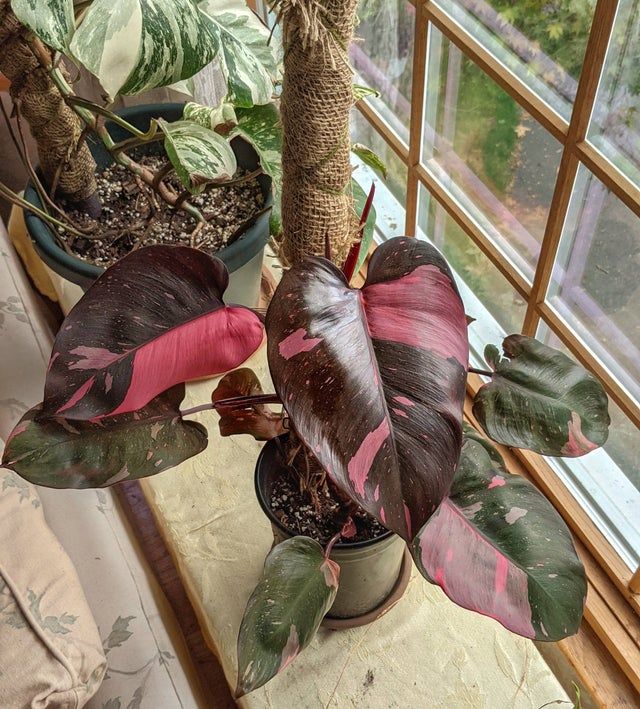
So, how do you propagate a pink princess philodendron?
There are a few different ways that you can propagate a pink princess philodendron.
One way is to take cuttings from a healthy plant and root them in water or soil.
- Trim off the stem just below a node where leaves grow and make sure each cutting has three or four healthy variegated leaves before planting in its own pot with appropriate substrate for growing plants.
- Cover jar with lid or plastic wrap to keep humidity in while plant adjusts its new home, but open for ventilation every day or two to prevent mould growth.
Another way is to use the LECA method to propagate the Pink Princess
LECA is an acronym that stands for Lightweight Expanded Clay Aggregate. It's a type of clay that has been heated and then formed into pellets.
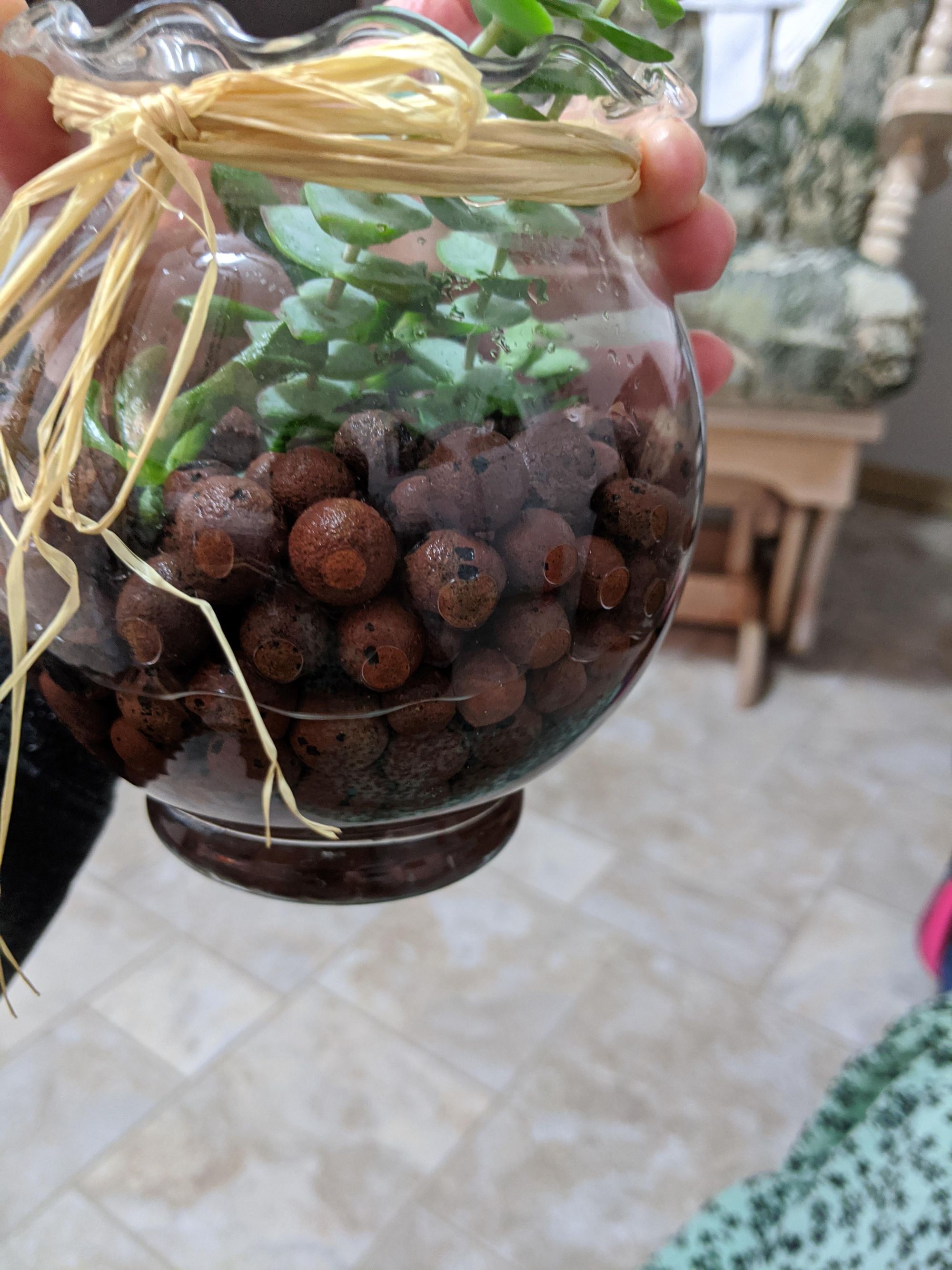
LECA is a great way to make sure your plants have enough water without worrying about over-watering or drowning the roots. The clay balls absorb water and then release it slowly, so the plant can take what it needs when it needs it. And since the clay helps regulate drainage, you won't have to worry about root rot or other problems caused by too much water.
LECA can be perfect for people who travel or forget to water their plants regularly.
To propagate your Pink princess plant with LECA, follow these steps:
Step 1: Clean the LECA balls
First, you will need to rinse the balls under tap water and let them soak for a while. This will help to remove any dust or debris that may be on the surface. Once the balls are clean, you can add them to your planting container.
When you fill your container with LECA pellets, make sure that the container is at least twice the size of the Pink Princess Philodendron's current pot. This will give the roots plenty of room to grow.
Step 2 : Plant your Philodenron pink princess in the LECA balls
Add distilled water to the container and fill it up to 70%.
Now, it's time to plant your Pink Princess Philodendron in the LECA. Gently remove the plant from its current pot and shake off any excess soil. Be careful not to damage the roots.
Step 3: Watering and Lighting
Place the plant in the container and add more LECA pellets around the base of the plant, gently pressing them into place. Water your philodendron plant again and then place it in a bright, indirect light. Keep an eye on the water level in the container and add more when necessary.
With a little patience, your Pink Princess Philodendron will soon take root and begin to grow! This method is relatively easy, and will result in new plants that are identical to the parent plant.
If you prefer to watch a video on how to propagate a pink princess plant via LECA, then enjoy the tutorial video below:
Is the Pink Congo philodendron the same as a Pink princess philodendron?
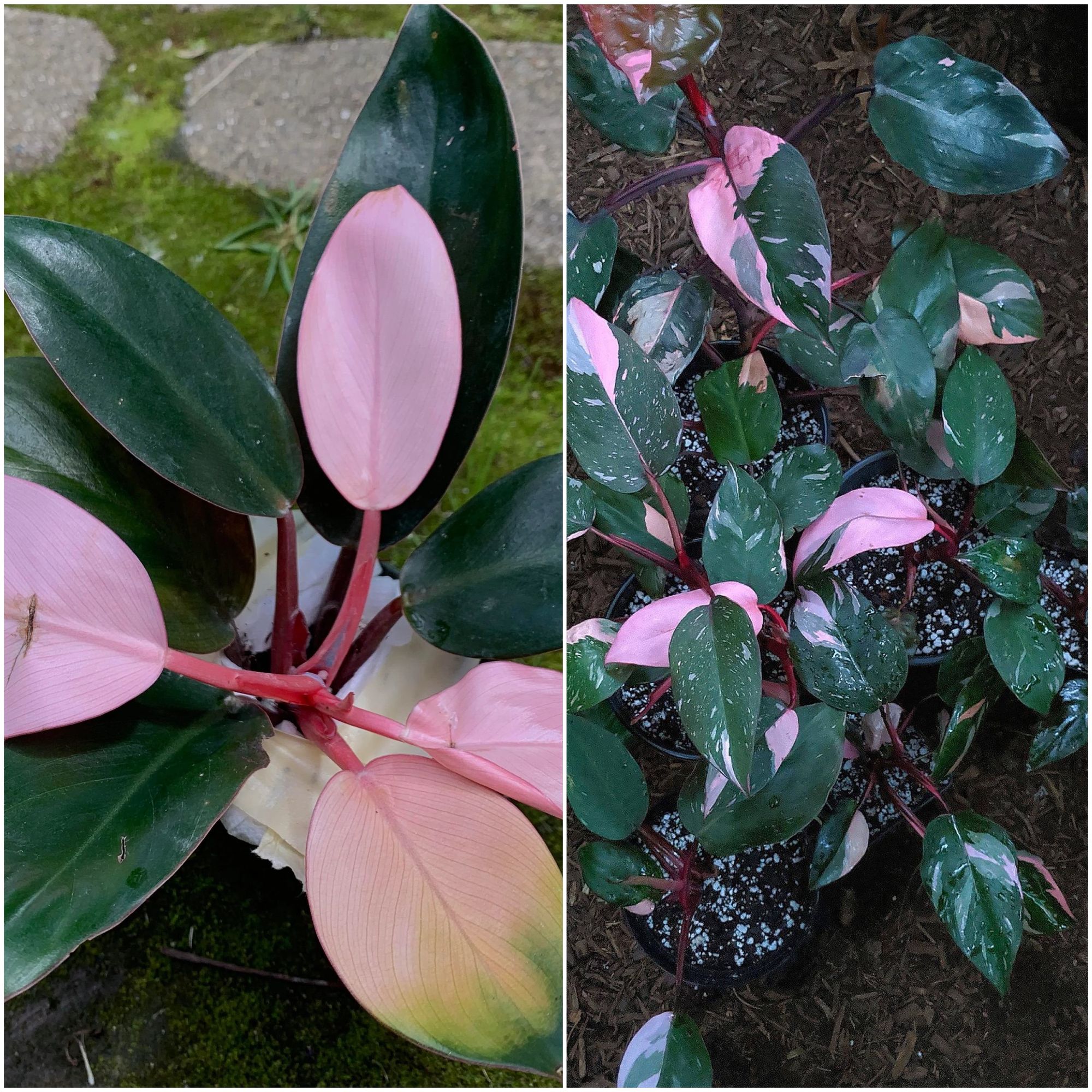
The pink Congo philodendron is often marketed as a Pink princess because it has solid, shiny leaves. However, overtime these pink leaves will eventually revert back to all green unlike the princess variety which generally keeps its pink pattern throughout growth cycles
It's easy for even experienced growers to get confused with these twin plants because they look so similar! The key difference between them lies in how each plant changes their coloration over time.
Philodendron pink princess and Spider mites
Spider mites are tiny animals that feed on plants. They can thrive in dry (heating) air and multiply quickly, so it's easy for them to infest your plant if you don't take the right steps.
The most common cause of spider mite infestation is low humidity. So make sure you always keep your pink princess philodendron plant in a humid environment. The bathroom after a hot shower is usually a good place to start.
If you want to find out if your philodendron has been infested by Spider-mites, look out for a white speckish thread across the leaves of your plant. If not treated on time, the sucking damage done by spider mites can eventually kill your pink princess plant. By sucking, they remove valuable nutrients from the plant.
Philodendron leaves infested with mites should be removed as soon as they are discovered. Alternatively, you should treat the plant with pesticides. You can make this yourself with a mixture of 15 ml spirit, 1L of water and 15 ml of liquid soap.
Mist your philodendron with it, more often if needed. Overtime, the humidity will kill off the spider-mites.
How to encourage variegation in Pink Princess Philodendron
If you're lucky enough to have a Philodendron Pink Princess, then you know that variegation can produce some pretty amazing results. For those unfamiliar with the term, variegation refers to when a plant has areas of different color. In the case of the Philodendron Pink Princess, that color is pink. While the plant is native to South America, it has become a popular houseplant in recent years thanks to its striking appearance.
If you notice that your plant is starting to lose its variegation, don't worry - this is normal. Variegation can be induced by cutting back the plant. Simply remove any leaves that are all green or all pink, and new leaves will grow in with variegation.
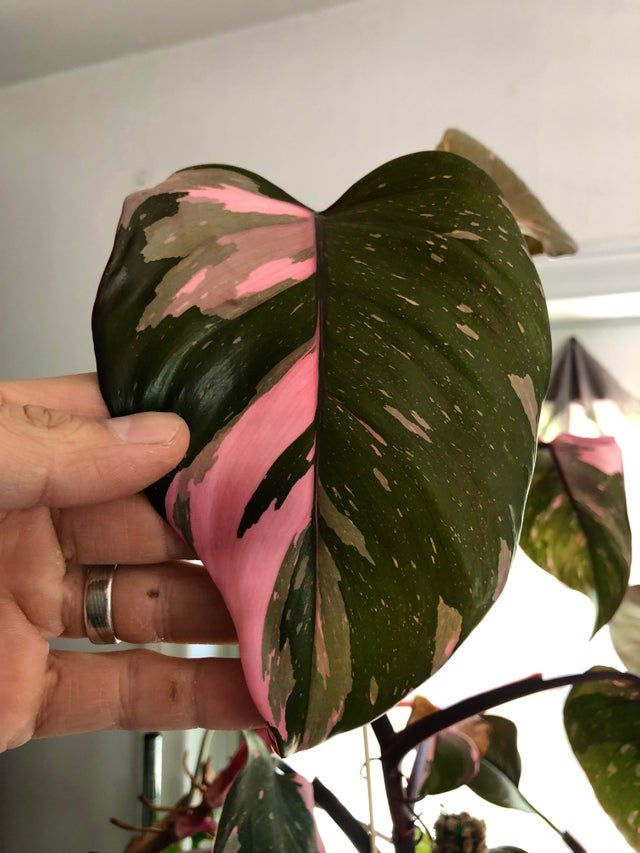
The Philodendron Pink princess is an air purifier
The Philodendron is not only a beautiful plant, but it is also an excellent air purifier. According to research, it can remove numerous pollutants from the air, including formaldehyde, benzene, trichlorethylene, ammonia, toluene, xylene and acetone. Thus, by keeping a Philodendron in your living space, you can help to improve the air quality and create a healthier environment.
Conclusion
This is a versatile plant that can be used in a variety of ways. It can be grown as a standalone plant indoors, or it can be used as a filler plant in combination with other houseplants. Additionally, the pink princess philodendron can be used in both indoor and outdoor settings as it tolerates low light levels and a wide range of temperatures.
As long as they're given enough sunlight and water (which most people do not provide), then there shouldn't be any problems when growing them at home or office space--they grow up to two feet tall if left unchecked by their surroundings so make sure that both conditions suit what kind of environment suits best